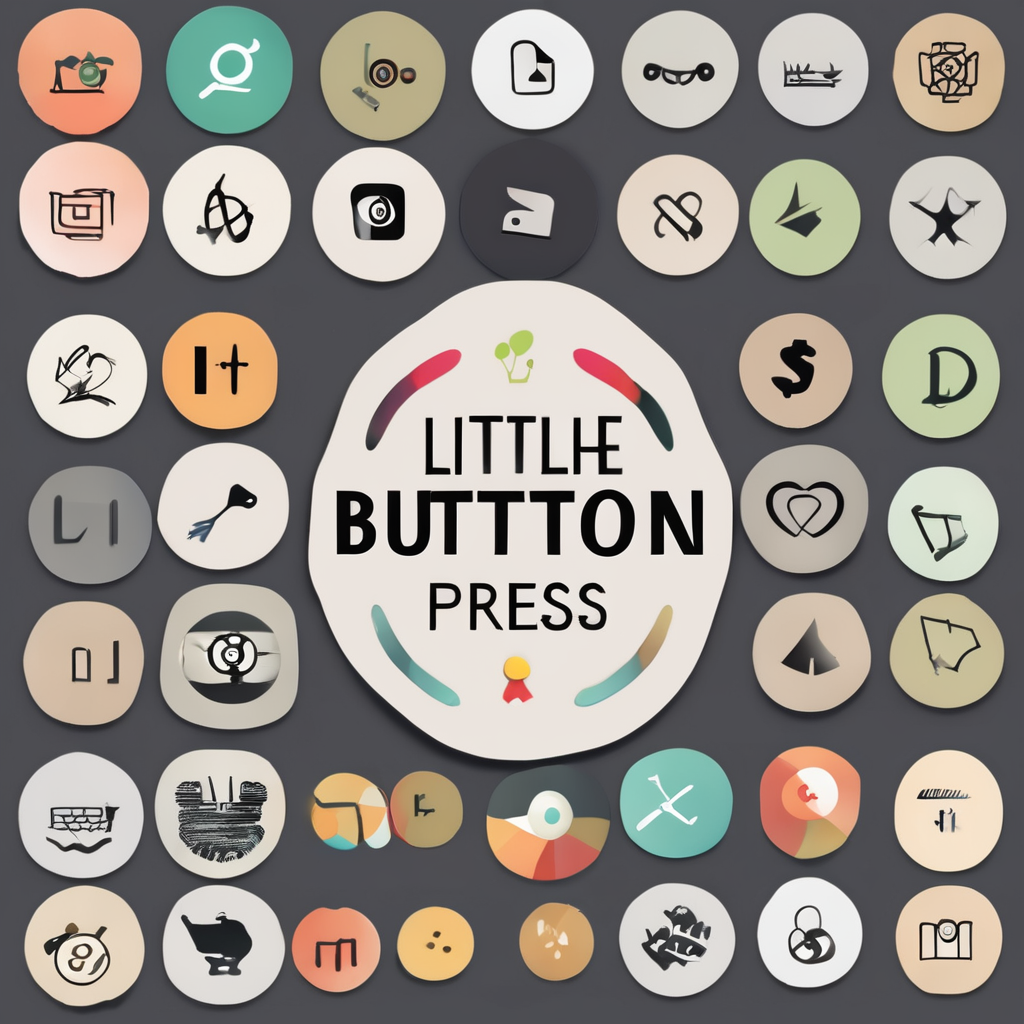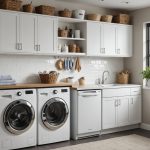Importance of Natural Light in Compact Foyers
In compact foyers, natural light plays a crucial role in transforming the perception of space. By leveraging light to its fullest, a small area can appear larger and more inviting. Natural light reduces the feeling of constraint, opening up the entryway to accommodate the concept of an expanded area. This feeling of space can psychologically uplift residents and guests alike, creating a welcoming atmosphere right at the home’s entrance.
When designing a compact foyer, it’s essential to consider where your light sources come from. In UK homes, peculiarly placed windows or narrow entryways can present challenges. Strategically positioning mirrors or reflective surfaces can help redirect natural light into darker areas, ensuring better illumination throughout the space.
Have you seen this : Timeless elegance: discover 19th century french clocks
The psychological advantages afforded by bright entryways include the reduction of stress and an increase in energy levels, making your home feel not just physically but emotionally hospitable. Prioritizing natural light allows you to harness these benefits, significantly enhancing the overall ambiance of the entryway.
Key considerations when planning your entryway should include how to maximize natural light using available architectural features and decor, ensuring that your compact foyer is not just functional, but optimally vibrant.
Also to read : Choosing the Ideal Portable Air Conditioner for Your Summer Home Office in the UK
Choosing the Right Color Palette
Selecting the ideal color palette for your foyer can significantly impact how natural light interacts with your space. Light-reflective colors play an instrumental role in brightening compact areas. Choose hues like soft whites, pale greys, or light pastels to maximize light reflection. These colors not only enhance the perception of space but also contribute to a feeling of warmth and openness.
Consider the color temperature when planning your entryway. Cooler tones like light blues or greens are known to create a soothing, expansive atmosphere. In contrast, warmer shades tend to generate a cosy, inviting feeling, essential for welcoming guests. Knowing your desired outcome will guide your color selections effectively.
For UK-specific light conditions, it might be beneficial to pair cool tones with light-reflective colors. A combination of pale blue and soft white, for instance, can capitalize on the subtle UK lighting, ensuring your foyer appears vibrant rather than dim. Experiment with paint options to find what best complements your space’s luminosity and style.
By leveraging different color combinations, you can infuse both visual interest and practicality into your design, making your compact foyer both stylish and functional.
Exploring Texture Options
Choosing the right texture choices for your compact foyer can significantly influence how light interacts with the space. Textures can alter light diffusion, with matte and glossy finishes offering distinct effects. Matte finishes provide a soft, diffused glow, ideal for creating an understated elegance. However, if you’re aiming for more dramatic light movement, consider glossy finishes. These surfaces reflect light, enhancing brightness and vibrancy.
Wallpaper patterns are another great consideration. Subtly patterned wallpapers with reflective elements can help bounce light across the foyer, elevating the visual depth and dimension of the space. Opting for lighter, more subdued designs in compact areas can prevent overwhelming the senses while still adding intrigue.
When it comes to flooring materials, choose those that complement your light-enhancing colors. Flooring with a light-reflective surface, such as polished wood or tiles, can be particularly effective. They create continuity in the foyer while supporting the natural light flow.
Ultimately, combining different texture choices strategically can result in a harmonious and well-lit entryway. This thoughtful integration not only enhances light diffusion but also ensures a visually appealing and functional design.
Design Tips for Maximizing Space and Light
Constructing a small entryway design that optimally utilizes space and enhances light can be both challenging and rewarding. When strategizing space optimization, prioritize furniture arrangement that preserves open sight lines. This unencumbered view will give the illusion of a larger area, maximizing spatial perception.
One effective technique for enhancing light in a compact foyer is the incorporation of mirrors and reflective surfaces. Positioned strategically, mirrors not only double the perception of depth but significantly amplify available natural light by bouncing it across the room. This smart use of reflective surfaces pairs beautifully with light colors, creating a bright, airy atmosphere.
Balancing functional needs with visual appeal is crucial in the design of compact foyers. Employ multifunctional furniture pieces that cater to storage needs without overburdening the space. Sleek and streamlined designs keep the area looking tidy and spacious.
While planning any aesthetic cohesion in your small entryway design, ensure that both functional and decorative elements support a harmonious balance. This might include mirroring architectural elements of adjoining rooms, subtly linking spaces through consistent color and material choices. By focusing on these strategies, you optimize your foyer’s potential, blending practicality with visual appeal.
UK-Specific Design Trends
In the ever-evolving world of UK interior design, contemporary trends are blending modern minimalism with traditional charm to create stunning entryway designs. These trends focus on maximizing functionality while maintaining aesthetic appeal, especially in compact foyers where space is at a premium.
Current trends lean towards using multifunctional furniture, which offers practicality without cluttering the space. In addition, integrating concealed storage solutions ensures a tidy appearance, suiting the minimalist ethos often preferred in UK homes.
Incorporating architectural elements common in the UK, such as Georgian or Victorian styles, adds a timeless touch. Here, mouldings or vintage-inspired details bring character to compact spaces, presenting a blend of old and new.
One potential pitfall to avoid is over-accessorizing, which can make a compact foyer feel congested. Instead, careful curation of decorative pieces ensures a balanced and spacious feel, allowing the entryway design to breathe.
To avoid design missteps, consider starting with a neutral backdrop—such as light walls—and layering with textures and accents that reflect personal style. This approach positions homeowners to adapt easily to future design shifts, maintaining the foyer’s relevance in the ever-changing landscape of UK interior design.
Visual Examples and Case Studies
Viewing design inspiration and case studies can provide valuable insight into how to enhance your compact foyer. Successful entryway transformations often showcase innovative solutions that improve natural light and ambiance.
Consider examining before-and-after comparisons to grasp the impact of strategic changes. Such renovations typically highlight the significance of using light-reflective colors, well-placed mirrors, and clever texture choices. By analysing these transformations, you can see how minor modifications bring dramatic improvements to small spaces.
Insights from designers often reveal what approaches worked and why they succeeded. For example, opting for sleek, multifunctional furniture can maintain openness, while subtle wallpaper patterns can offer depth without overwhelming the senses. A balance of aesthetic cohesion and practicality is crucial—each element serving both a functional and decorative purpose.
Through these visual resources, you’re likely to find design inspiration that aligns with your style and needs. These examples not only offer ideas but also build confidence in your ability to achieve a functional and welcoming entryway. Engaging with these case studies might spark innovative approaches for your home’s unique entryway design challenges.











